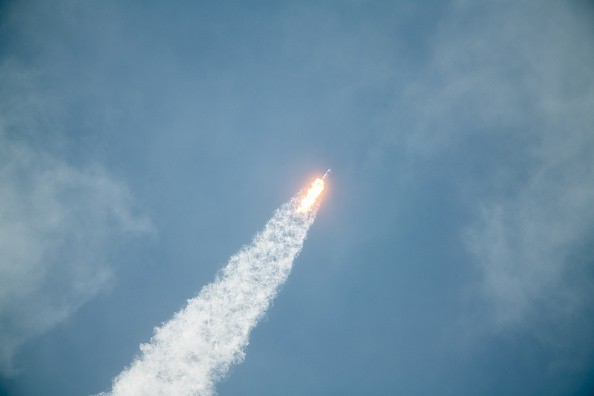Experts claim that thousands of Starlink satellites might become space junks in the future. Elon Musk's space agency just launched its 14th Starlink mission.

The South African was one of the websites that provided a live stream of the launch, which took place on Oct.18, at 8:25 Eastern Time (ET) or 14:24 South African Standard Time (SAST). The latest satellite, which was launched atop a Falcon 9 from Cape Canaveral, is for SpaceX's broadband network.
It was stated that more than 700 Starlink satellites are currently in space in low-Earth orbit.
14th Starlink Mission
Last Saturday, Oct. 17, SpaceX made sure that if anything goes wrong, the company is ready for it. The space agency said it has a backup opportunity that will be available on Monday, Oct. 19.

The Falcon 9, which launched the 14th Starlink, was previously used to send the RADARAT Constellation Mission to outer space and supported Crew Dragon's first demonstration mission to the International Space Station (ISS).
1,200 SpaceX's Starlinks could become space junks in the future
According to Observer's previous report, SpaceX's plan for its future Starlinks has a major flaw. Experts explained that Musk's space agency is currently launching satellites at a very fast pace.
Previously, the company launched 60 Starlink satellites on Oct. 6. It is also planning to launch more missions in the same month. SpaceX's activities clearly show that it wants to launch tens of thousands of spacecraft into low-Earth orbit, which is already crowded by spaceships from other companies.
Because of this, Jonathan McDowell, an astronomer from Harvard-Smithsonian Center for Astrophysics, concluded that if SpaceX successfully launches 42,000 satellites, there's a 3% chance that 1,200 of them will become dead satellites, which will make the low-Earth orbit even more crowded.
For more news updates about SpaceX, always keep your tabs open here at TechTimes.
Related Article: Russian and Chinese Spaceship Collision Bring More Space Junk-Debris Now Around 170 Million!
This article is owned by TechTimes,
Written by: Giuliano de Leon.

![Apple Watch Series 10 [GPS 42mm]](https://d.techtimes.com/en/full/453899/apple-watch-series-10-gps-42mm.jpg?w=184&h=103&f=9fb3c2ea2db928c663d1d2eadbcb3e52)


